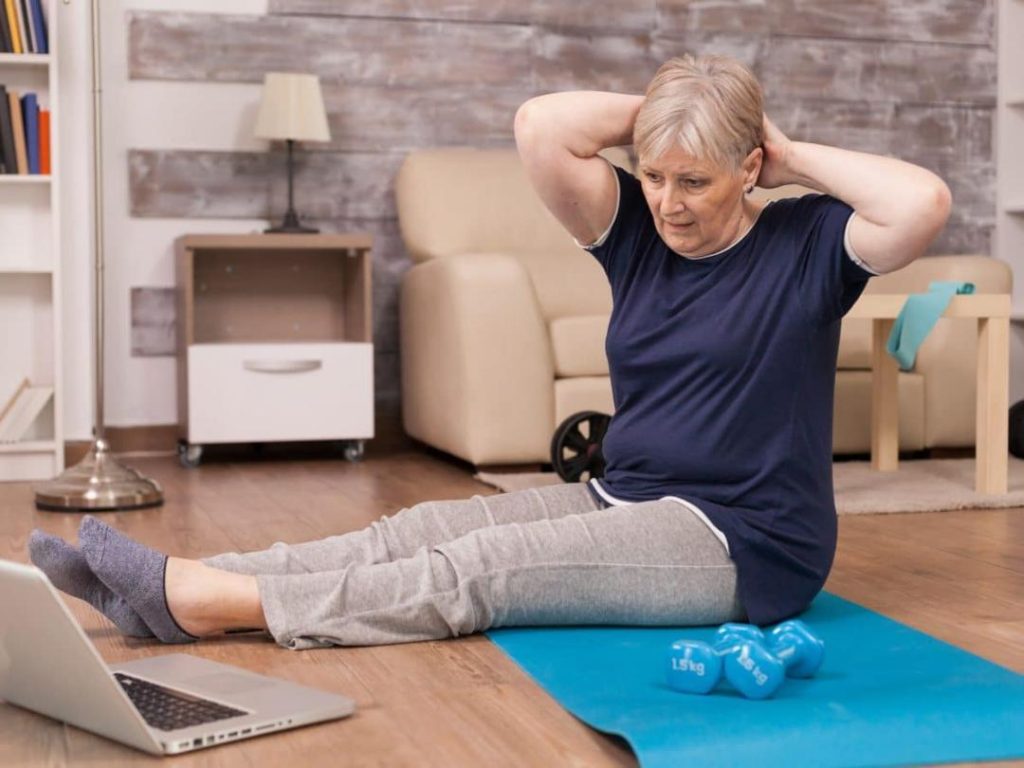
Physiotherapy: How AI & AR are making pain a thing of the past
Pain is a universal human experience, but it’s not one we have to succumb to. Advances in technology, specifically AI (Artificial Intelligence) and AR (Augmented Reality), are transforming the field of physiotherapy, making pain management and prevention more effective than ever before. By incorporating these cutting-edge technologies, physiotherapists can provide real-time posture corrections, personalized exercise plans, and early detection of musculoskeletal issues. This shift from treatment to prevention is revolutionizing physiotherapy, ensuring accessible and proactive healthcare for all.
The Evolution of Physiotherapy
Physiotherapy has long been a crucial aspect of healthcare, helping patients recover from injuries, manage chronic conditions, and improve overall physical function. However, traditional physiotherapy methods often relied on manual assessments, which could be time-consuming and inaccurate. The integration of AI and AR is transforming the industry, enabling physiotherapists to provide more efficient, effective, and personalized care.
AI-Powered Physiotherapy
AI is playing a significant role in physiotherapy, particularly in the areas of data analysis and personalized medicine. By analyzing vast amounts of data, AI algorithms can identify patterns and trends, helping physiotherapists develop targeted treatment plans. This data-driven approach allows for more accurate diagnoses, faster recovery times, and better long-term outcomes.
One example of AI-powered physiotherapy is the use of machine learning algorithms to analyze patient data, such as movement patterns and muscle imbalances. This information can be used to create personalized exercise plans, tailored to an individual’s specific needs and goals. AI can also help physiotherapists identify potential injuries before they occur, allowing for early intervention and prevention.
AR in Physiotherapy
AR is another technology that is transforming physiotherapy, providing a more immersive and interactive experience for patients. AR overlays digital information onto the real world, allowing patients to visualize their bodies and movements in a new way. This technology is particularly useful for patients who struggle to understand complex exercises or need ongoing guidance.
For example, AR can be used to provide real-time posture corrections, helping patients develop better habits and reducing the risk of injury. AR can also be used to guide patients through complex exercises, ensuring proper form and technique. This technology has the potential to revolutionize physiotherapy, making it more accessible and effective for patients of all ages and abilities.
Early Detection and Prevention
One of the most significant benefits of AI and AR in physiotherapy is the ability to detect musculoskeletal issues early on. By analyzing data and movement patterns, physiotherapists can identify potential problems before they become chronic or debilitating. This early detection allows for targeted interventions, preventing the need for costly and invasive treatments.
AI and AR can also help physiotherapists develop personalized prevention plans, tailored to an individual’s specific needs and risk factors. This proactive approach can help patients avoid injuries and chronic conditions, reducing the financial burden on the healthcare system.
The Future of Physiotherapy
The integration of AI and AR in physiotherapy is just beginning, but the potential is vast. As these technologies continue to evolve, we can expect to see even more innovative applications in the field. From virtual reality-based rehabilitation programs to AI-powered exercise tracking, the future of physiotherapy is bright.
Conclusion
Physiotherapy is evolving at an incredible pace, thanks to the integration of AI and AR. By providing real-time posture corrections, personalized exercise plans, and early detection of musculoskeletal issues, these technologies are revolutionizing the field. As we look to the future, it’s clear that AI and AR will play a significant role in shaping the future of physiotherapy, ensuring accessible and proactive healthcare for all.
Source:
https://www.healthcareradius.in/features/technology/physiotherapy-obesity-tech






